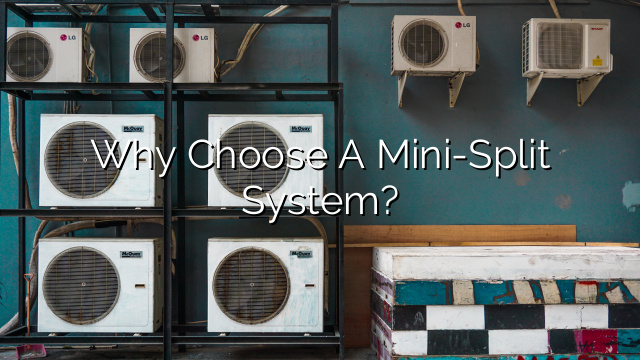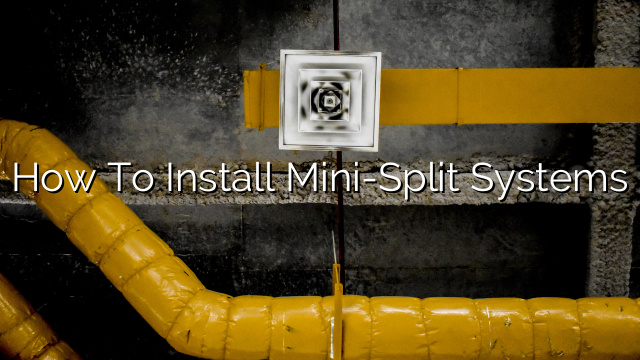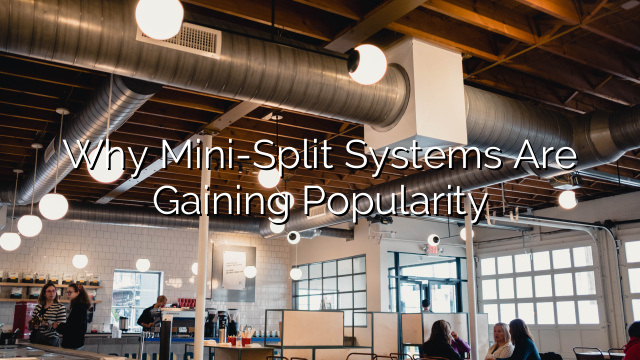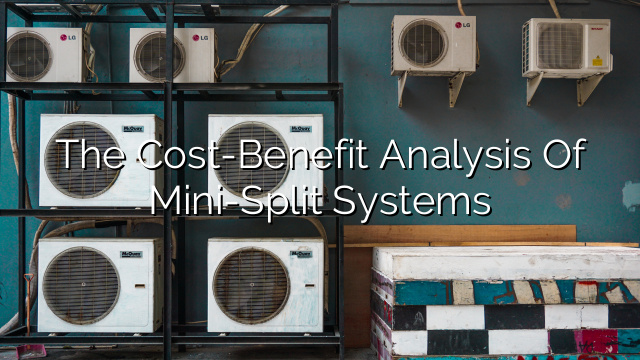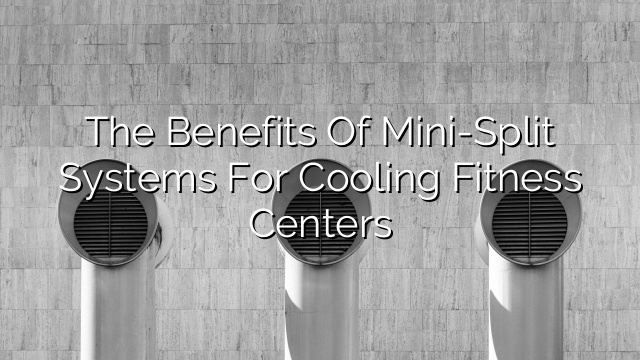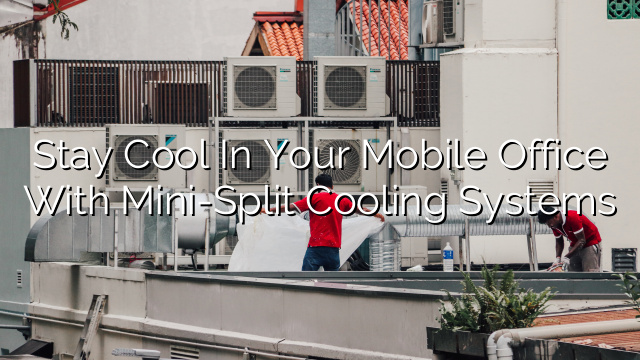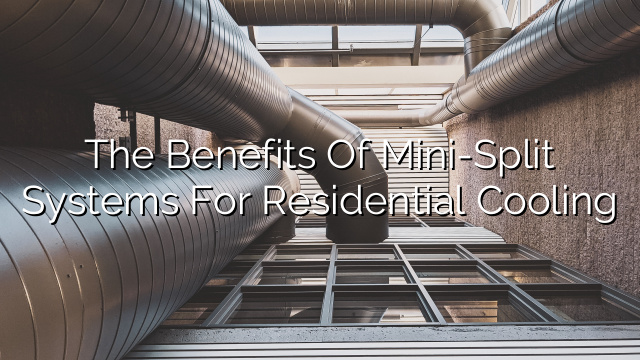The Benefits of Mini-Split Systems for Restaurants: Keeping Cool in the Kitchen
As the summer heat begins to rise, restaurants face the challenge of keeping their kitchens and dining areas cool and comfortable for both chefs and customers. Traditional HVAC systems might not always be the best solution for restaurants due to their high cost, energy consumption, and complex installation process. In recent years, many restaurants have started to look for alternative solutions, one of which is the mini-split system. In this post, we’ll explore the benefits of mini-split systems for restaurants and why they are becoming a popular choice in the industry.
What Are Mini-Split Systems?
Mini-split systems, also known as ductless air conditioning systems, provide individual cooling zones for different areas of a building without the need for extensive ductwork. They consist of an outdoor unit and one or more indoor units that are mounted on the wall or ceiling. The outdoor unit is connected to the indoor units by refrigerant lines, allowing for efficient cooling and temperature control.
Benefits of Mini-Split Systems for Restaurants
1. Easy Installation
One of the significant advantages of mini-split systems is their ease of installation. Unlike traditional HVAC systems, mini-splits do not require ductwork, making the installation process quicker, simpler, and less invasive. This is particularly beneficial for restaurants that do not have existing ductwork or want to avoid extensive renovations and disruptions to their operations.
2. Energy Efficiency
Energy efficiency is crucial for any business, and restaurants are no exception. Mini-split systems are known for their energy-saving capabilities, as they allow for individual temperature control in different zones. This means that you can cool only the areas that are being used, saving energy and reducing utility costs. Additionally, mini-split systems have high SEER (Seasonal Energy Efficiency Ratio) ratings, indicating their energy-saving performance.
3. Quiet Operation
In a busy restaurant environment, noise can be a significant distraction for both staff and customers. Mini-split systems are designed to operate quietly, allowing for a peaceful dining experience. The outdoor unit is located outside the building, while the indoor units produce minimal noise, ensuring a comfortable and peaceful environment in the kitchen and dining area.
4. Flexible Temperature Control
Restaurants often have different temperature requirements for various areas, such as the kitchen and the dining room. With mini-split systems, you have the flexibility to set different temperatures for each zone, ensuring that each area is kept at the desired level of comfort. This is particularly beneficial during peak business hours when the kitchen may require a lower temperature for optimal food storage and preparation.
5. Improved Air Quality
Restaurants need to maintain high indoor air quality to ensure the health and well-being of both staff and customers. Mini-split systems come with advanced air filtration systems that trap dust, pollen, and other particles, improving the overall air quality. This is especially important in the kitchen, where cooking fumes and odors can be a concern.
6. Compact Design
Space is often limited in restaurants, particularly in the kitchen area. Mini-split systems have a compact design, allowing for easy installation in tight spaces. The indoor units can be mounted on a wall or ceiling, taking up minimal space and providing maximum comfort.
7. Cost-Effective
Traditional HVAC systems can be expensive to install and maintain, particularly for small or mid-sized restaurants. Mini-split systems offer a cost-effective alternative, with lower installation costs and reduced energy consumption. The individual temperature control also helps to minimize energy waste, further saving on utility bills over time.
FAQs
- Can mini-split systems be used for both cooling and heating?
Yes, mini-split systems are designed to provide both cooling and heating capabilities. They can be used year-round to maintain a comfortable indoor environment.
- How many indoor units can be connected to one outdoor unit?
The number of indoor units that can be connected to one outdoor unit depends on the system’s capacity and configuration. It is best to consult with an HVAC professional to determine the appropriate setup for your restaurant.
- Do mini-split systems require regular maintenance?
Like any HVAC system, mini-splits require regular maintenance to ensure optimal performance. This includes cleaning or replacing the air filters, cleaning the indoor and outdoor units, and checking the refrigerant levels. It is recommended to have a professional HVAC technician perform the maintenance tasks.
- Can mini-split systems be used in large restaurants?
Yes, mini-split systems can be used in large restaurants as well. However, it is essential to ensure that the system’s capacity can handle the cooling needs of the entire space. It might be necessary to install multiple outdoor units and indoor units to meet the demand.
- Are mini-split systems eligible for any energy efficiency rebates or incentives?
Depending on your location and the specific mini-split system you choose, you may be eligible for energy efficiency rebates or incentives offered by local utility companies or government programs. It is worth exploring these options to maximize your savings.


